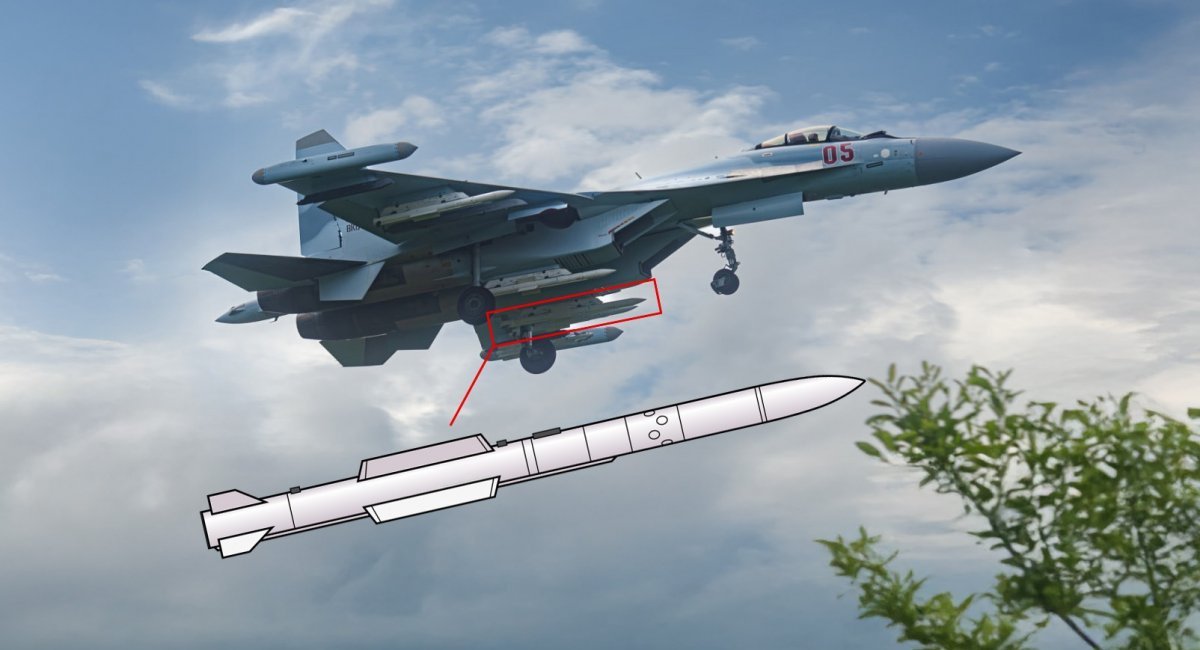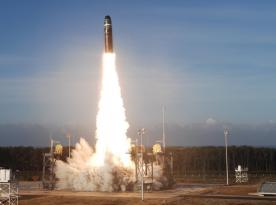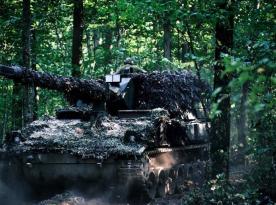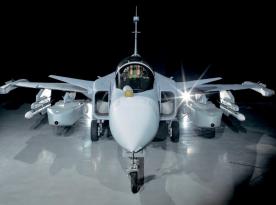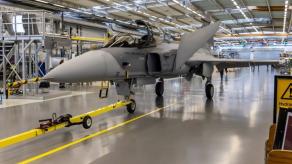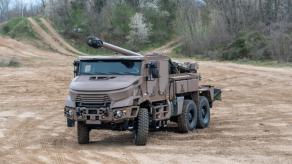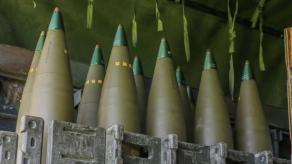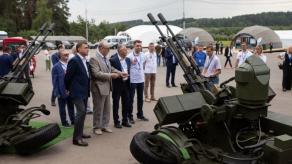russian fighter aircraft have recently begun using this long-range missile in attempts to engage Ukrainian aircraft. The weapon is referred to under multiple designations: Izdelie 180, K-77M, and R-77M.
Ukrainian sources have confirmed the missile’s use by the enemy, supported by photographic evidence of recovered missile fragments.
Read more: F-16, Mirage, or Mobile SAM: What Shot Down russian Su-35 and Why Patriot Struggles to Hit It
Technically, the K-77M is a modernization of the R-77 (also known as RVV-AE, Izdelie 170, or K-77), which was initially developed in the 1980s by the Soviet Vympel Design Bureau as a counterpart to the American AIM-120 AMRAAM. A key feature of the original R-77 was its active radar seeker. The missile's development was largely completed by the 1990s in russia, and it had a limited range of 70–80 kilometers. Its most recognizable feature was its unique lattice control fins.
However, these lattice fins turned out to be one of the missile’s design flaws. Although intended to deploy mid-flight, practical experience and imagery suggest the mechanism was unreliable. Instead of improving performance, the fins increased aerodynamic drag and enlarged the missile’s radar cross-section — as well as that of the launch aircraft.

In 2003, development began on an improved version, designated R-77-1 (RVV-SD, Izdelie 170-1, or K-77-1). Testing concluded in the early 2010s. Key upgrades included a more powerful radar seeker with longer acquisition range and an additional passive homing channel to counter electronic jamming. The missile's body was also redesigned for better aerodynamic efficiency.
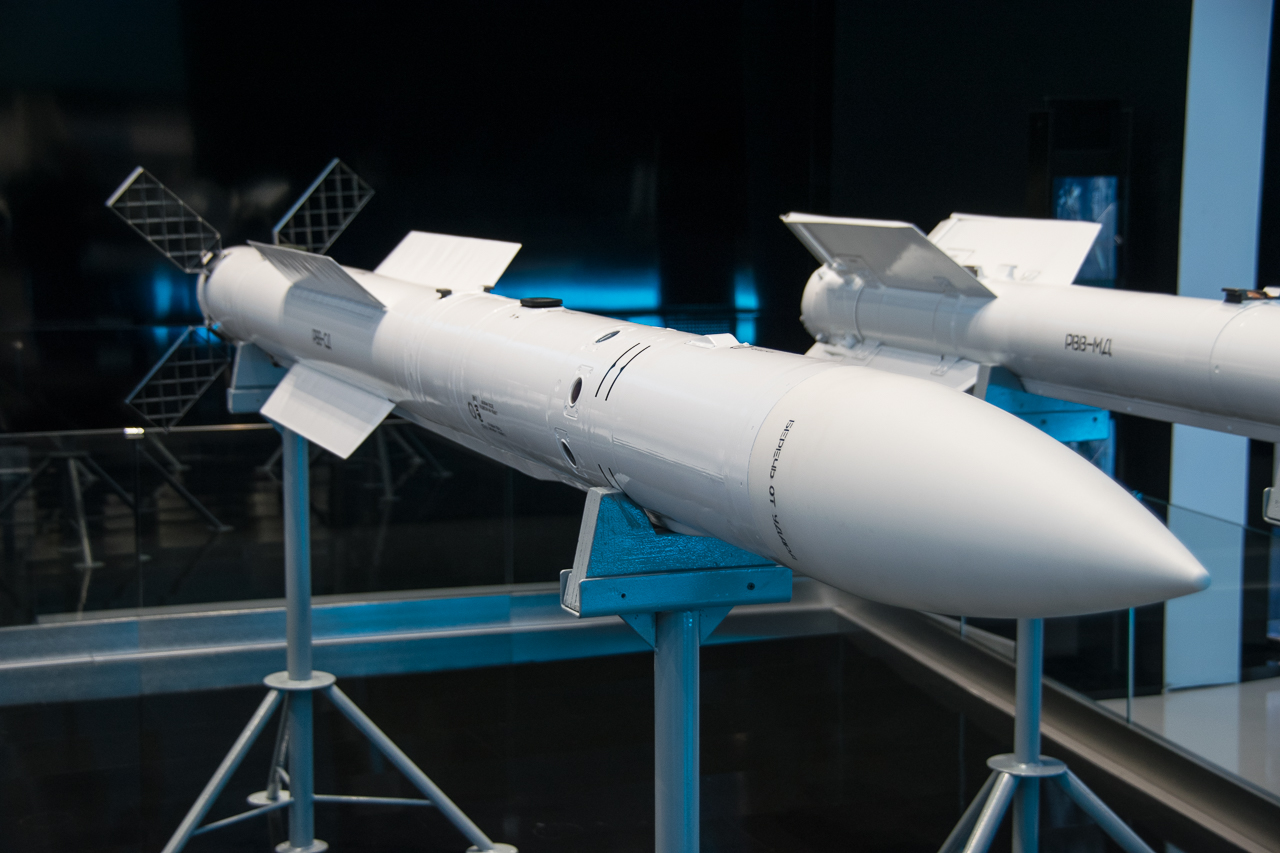
Development of Izdelie 180 (K-77M / R-77M) started in the 2010s, intended specifically for the next-generation Su-57 stealth fighter. This version completely abandoned the lattice fins. Interestingly, despite this change, russian sources still praise the original fins, arguing that they reduced the missile’s overall dimensions — an important consideration for internal weapons carriage. However, in the only publicly available image of the missile mounted on a Su-57, it is attached to an external underwing pylon. Nevertheless, available information suggests the missile is in fact designed to fit inside the Su-57’s internal weapons bay.
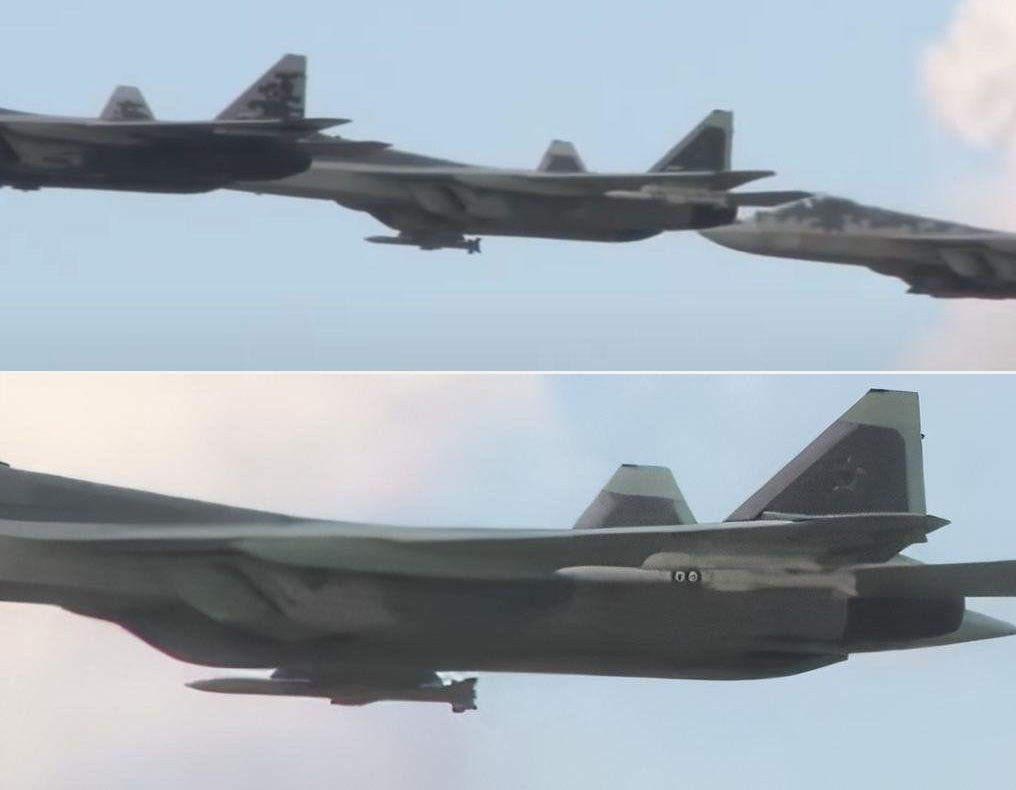
According to russian claims, the K-77M features an extended range — reportedly up to 190 kilometers — due to a new dual-pulse solid-fuel motor. This figure appears to apply primarily to engagements against high-altitude targets. The missile is also said to be equipped with a new seeker featuring an active electronically scanned array (AESA) radar, enabling increased detection range and improved lock-on reliability.
russian state media have repeatedly reported on the missile’s development since the early 2020s. It now appears that the weapon has reached a stage of limited operational deployment. In addition to the Su-57, the K-77M is reportedly compatible with the Su-35. A photograph of a Su-35 armed with this missile has only recently emerged in Russian sources.
Given the current russian Aerospace Forces (VKS) air combat tactics — especially high-altitude patrols — any long-range air-to-air missile poses a significant threat. Until now, the primary concern was the R-37, which also offers extended range, although not nearly the 400 km often claimed by russian propaganda. Now, the K-77M presents a new threat vector.
It is important to note that the actual effective range of any air-to-air missile is a highly dynamic parameter, depending on the flight profiles of both the launching aircraft and the target — including altitude, speed, and direction. As is common — though especially so in russian reporting — the advertised range figures typically reflect idealized conditions and maximum launch parameters.
Any improvement in the effective range of an enemy missile expands the adversary’s tactical options and increases the threat to friendly aircraft. Moreover, the deployment of a missile equipped with a new-generation seeker may require upgrades to the electronic warfare (EW) systems on Ukrainian combat jets.
Read more: russia Produces 1,000 Iskander, Kinzhal Missiles Annually, Europe Can Intercept Only 300 – How the West Should Respond?




